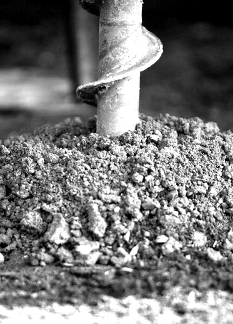CSG-earthquake link studied
 Scientists say geology is important when it comes to CSG and earthquakes.
Scientists say geology is important when it comes to CSG and earthquakes.
A link has emerged between oil and gas extraction and local earthquakes, but the understanding of the exact mechanism is shaky.
Using recent examples from the US and Netherlands, they explain that both the emptying of gas reservoirs and the high-pressure injection of wastewater can trigger quakes, but in both cases, pre-existing conditions in Earth's crust are of central importance.
Experts at the Dutch centre Applied Geosciences note that operational techniques are often assumed to be a dominating factor in the likelihood of a human-induced earthquake.
Yet, recent studies point to a relationship between fluid pressure and pre-existing fault lines: once the pressure front reaches large faults that are already unstable, even a small pressure increase can trigger earthquakes.
To illustrate this, the authors reviewed two case studies: one in Oklahoma, U.S., where wastewater injection triggered a moment magnitude (Mw) 5.8 earthquake and one in the Groningen gas field, Netherlands, where gas extraction triggered a Mw 3.6 earthquake.
Their comparison reveals that the timing and location of induced earthquakes are controlled by the spatial distribution and geometry of pre-existing faults and ambient stress conditions before subsurface activities.
The authors say their findings underscore the importance of surveying regions and understanding the underlying fault lines in order to minimise human-induced earthquakes.








 Print
Print